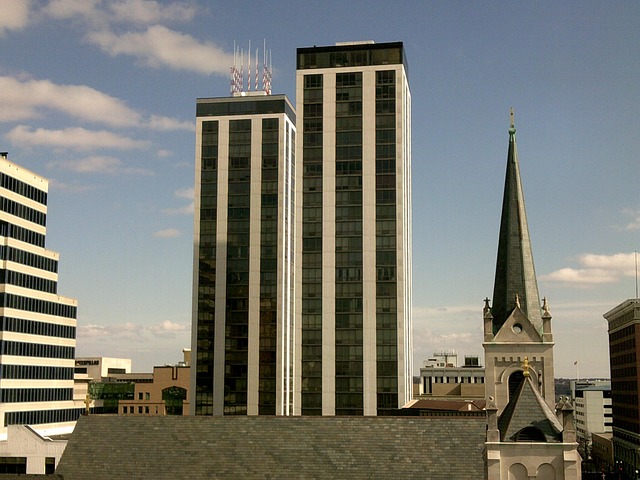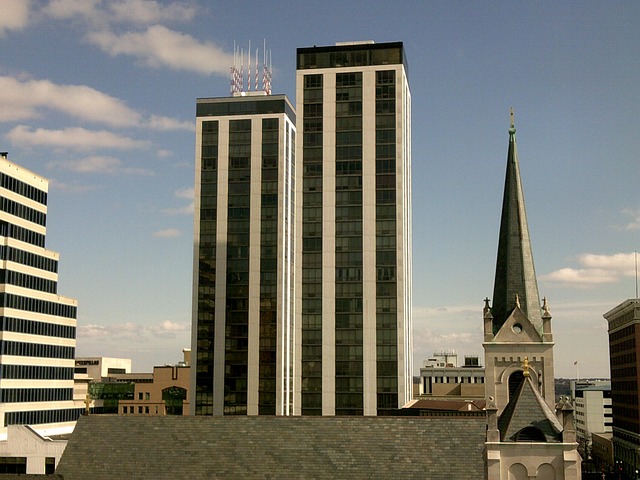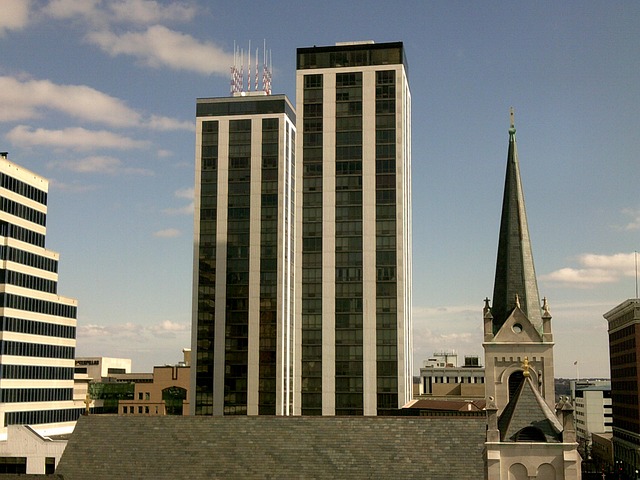Real estate drives local economies by catering to families' needs for safe, comfortable neighborhoods with quality schools and green spaces. This creates a positive cycle of stable property values, thriving businesses, and family-focused amenities that attract new enterprises, ensuring continuous economic growth.
In today’s competitive markets, creating a family-friendly vibe is key to fostering a strong local economy. This article explores how communities can attract and retain families through strategic real estate developments, robust local businesses, and nurturing environments designed for children. Discover the interwoven threads of successful economic growth and vibrant family life, with a focus on the critical role that real estate plays in shaping these desirable destinations.
Attracting Families: The Real Estate Factor

Attracting families is a key aspect of fostering a strong local economy, and real estate plays a pivotal role in this equation. Family-friendly neighborhoods with quality schools, safe streets, and accessible green spaces are highly sought after. Real estate developers and investors recognize this demand and actively shape the landscape to accommodate growing families. Well-designed residential areas, complete with modern amenities, can significantly boost a community’s appeal, encouraging families to settle and contribute to the local economy.
The real estate market in these family-oriented zones often reflects a healthy balance between supply and demand, leading to steady property values and a vibrant local business scene. As families seek comfortable living environments, the strategic development of real estate becomes a powerful tool for economic growth. This positive feedback loop ensures that the area remains desirable, attracting new businesses and services tailored to family needs.
Building Blocks of a Thriving Local Economy

A thriving local economy is built on robust foundations, with one of the key components being a strong real estate market. In this regard, family-friendly neighborhoods play a pivotal role. These areas often experience higher demand due to their appealing amenities—good schools, parks, and safe streets—which attract families seeking stable, long-term investments. As a result, property values tend to remain steady or appreciate, fostering economic growth within the community.
Moreover, a vibrant real estate sector encourages local businesses to flourish. Real estate developers, contractors, interior designers, and various support services thrive in such environments, contributing significantly to the overall health of the economy. This positive cycle creates job opportunities, stimulates consumer spending, and enhances the quality of life for residents, ensuring a prosperous and sustainable local community.
Creating Nurturing Environments for Kids

Creating nurturing environments for kids is a key aspect when considering family-friendly areas in real estate. Schools, parks, and community centers that prioritize children’s well-being contribute significantly to a positive local atmosphere. In these spaces, kids can explore, learn, and socialize, fostering their development while offering parents peace of mind.
Real estate investments in such communities often translate into better quality of life for families. When developers and urban planners incorporate child-centric designs and amenities, it attracts families seeking stable, safe, and stimulating environments. This, in turn, strengthens the local economy by increasing demand for family-oriented services, businesses, and housing within these vibrant neighborhoods.






